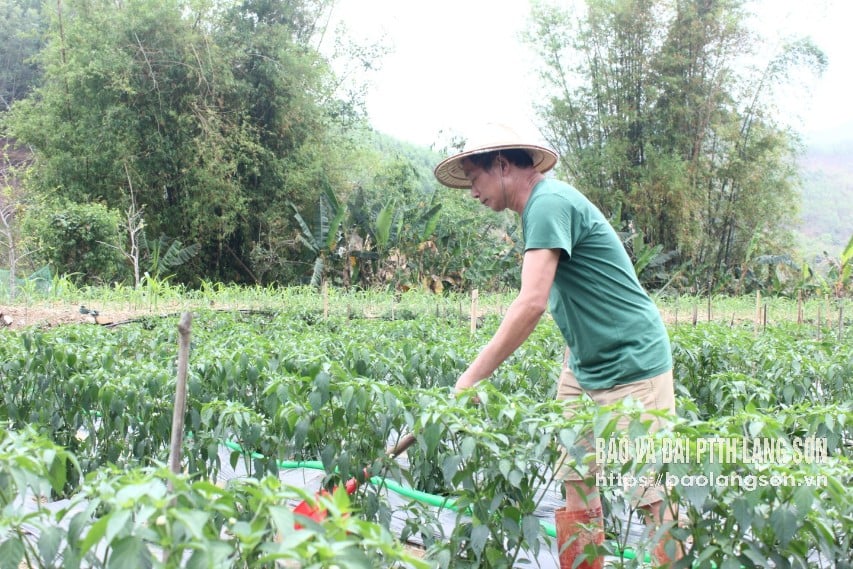
According to statistics from the Department of Agriculture and Environment (DARD) of Chi Lang district, in the 2025 chili crop, the whole district will plant about 670 hectares, concentrated in some communes such as Mai Sao; Quan Son; Nhan Ly and Dong Mo town... Of which, 216 hectares of chili have been granted growing area codes (43 codes). This year, the prolonged drought has increased the risk of affecting the growth and development of chili areas in the area.
Through the inspection and grasp of the situation of the district's Department of Agriculture and Environment, currently, the chili area in the area is in the flowering and fruiting stage. Some late planting areas are in the branching and stem development stage. Due to the dry weather, the chili area in the area has appeared plant diseases such as: top rot, green wilt, yellow leaves. At the same time, the situation of aphids and thrips that damage chili appears at a mild level.
Mr. Vi Van Tuan, Deputy Head of the Department of Agriculture and Environment of Chi Lang district, said: Since the beginning of the chili season, the unit has directed professional staff to directly coordinate with the District Agricultural Service Center and the agricultural extension team in communes and towns to regularly visit fields and conduct surveys to promptly detect pests and diseases, thereby advising and guiding people on prevention. In addition, the unit has coordinated with the District Irrigation Works Exploitation Enterprise to regularly inspect the irrigation system and properly regulate water so that people can promptly take care of plants during this important period.
According to actual records in Quan Son commune, currently, most of the chili pepper area in the commune is flowering and bearing fruit. Due to drought, the Commune People's Committee has coordinated with specialized agencies to guide people in implementing solutions to care for, keep moisture for plants and prevent pests and diseases.
Mr. Hoang Van Chich, Chairman of Quan Son Commune People's Committee, said: This year, the whole commune has about 30 hectares of chili. To overcome the drought, the leaders of the Commune People's Committee and professional staff regularly inspect the field, propagate to people to implement drought prevention measures by covering with plastic, using the method of irrigation to avoid soil and fertilizer erosion and maintain the looseness of the soil as well as save water usage.
Mr. Vi Phuong Nghiep, Dong Mo village, Quan Son commune said: In 2025, my family planted 2.5 sao of chili according to VietGAP standards, but the drought caused the family's chili area to grow poorly. During the branching stage, many plants had wilted tops and yellow leaves. From my own experience and the guidance and propaganda of professional staff, my family proactively created trenches, cleared the irrigation system, covered with plastic to retain moisture and added microbial fertilizer to supplement nutrients for the plants; removed diseased plants to avoid spreading to the entire planting area.
Similarly, in Nhan Ly commune, in the 2025 chili crop, people planted 40 hectares, concentrated in 5/5 villages with 11 planting area codes that have been granted. According to Mr. Chu Vu Linh, Vice Chairman of Nhan Ly Commune People's Committee, in the face of harsh weather conditions and the risk of pests and diseases on chili plants, the Commune People's Committee has directed professional staff to regularly monitor and have weekly reports on the development of chili plants in the area. At the same time, urge and remind people to proactively supplement water for plants from various sources, use furrow irrigation to ensure water saving. In addition, to ensure the criteria for granting planting area codes, the Commune People's Committee regularly guides and reminds people to use fertilizers and pesticides of organic and microbial origin instead of using chemical fertilizers; record the date of fertilization and spraying to monitor the growth of plants.
Along with the above two communes, in some communes such as Mai Sao, Van Thuy and Dong Mo town, people have been proactively weeding, pruning branches and leaves below the branching point so that the chili plants can spread widely and the roots can be ventilated, limiting pests and diseases. From there, helping the plants grow better, ensuring productivity and quality.
According to the assessment of Mr. Vi Van Tuan, Deputy Head of the Department of Agriculture and Environment of Chi Lang district, from the experience and initiative of the people in implementing the solutions recommended by the professional agencies, the chili area in the district is basically growing stably. According to the unit's estimate, the average yield of the 2025 chili crop in Chi Lang district will reach about 5 quintals/sao, equivalent to the chili crop last year.
Source: https://baolangson.vn/chi-lang-tap-trung-cham-soc-vu-ot-5044062.html





![[Photo] General Secretary To Lam meets and expresses gratitude to Vietnam's Belarusian friends](https://vphoto.vietnam.vn/thumb/1200x675/vietnam/resource/IMAGE/2025/5/11/c515ee2054c54a87aa8a7cb520f2fa6e)
![[Photo] General Secretary To Lam arrives in Minsk, begins state visit to Belarus](https://vphoto.vietnam.vn/thumb/1200x675/vietnam/resource/IMAGE/2025/5/11/76602f587468437f8b5b7104495f444d)
![[Photo] General Secretary To Lam concludes visit to Russia, departs for Belarus](https://vphoto.vietnam.vn/thumb/1200x675/vietnam/resource/IMAGE/2025/5/11/0acf1081a95e4b1d9886c67fdafd95ed)
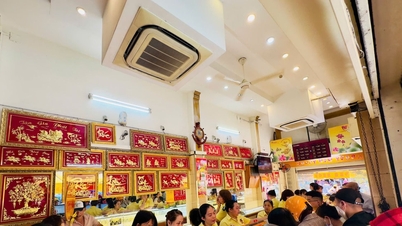

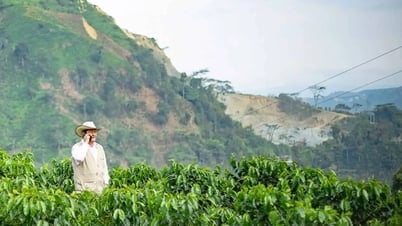
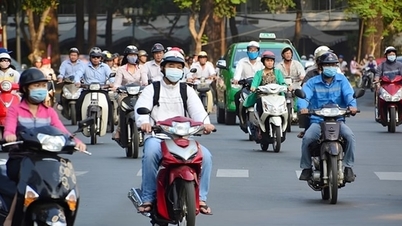
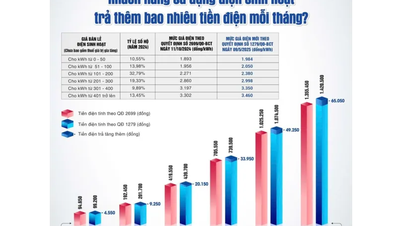





![[Video] Weather forecast tonight and tomorrow, May 11, 2025: Warning of thunderstorms and strong winds in the North - Lang Son Newspaper and Radio and Television Station](https://vphoto.vietnam.vn/thumb/402x226/vietnam/resource/IMAGE/2025/5/10/5a275872916744dc92e724ec900ee258)




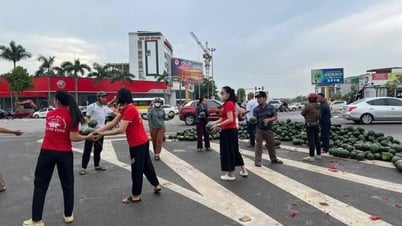
![[Photo] National Assembly Chairman Tran Thanh Man attends the Party Congress of the Committee for Culture and Social Affairs](https://vphoto.vietnam.vn/thumb/1200x675/vietnam/resource/IMAGE/2025/5/11/f5ed02beb9404bca998a08b34ef255a6)















































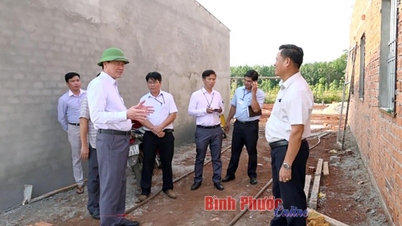













Comment (0)